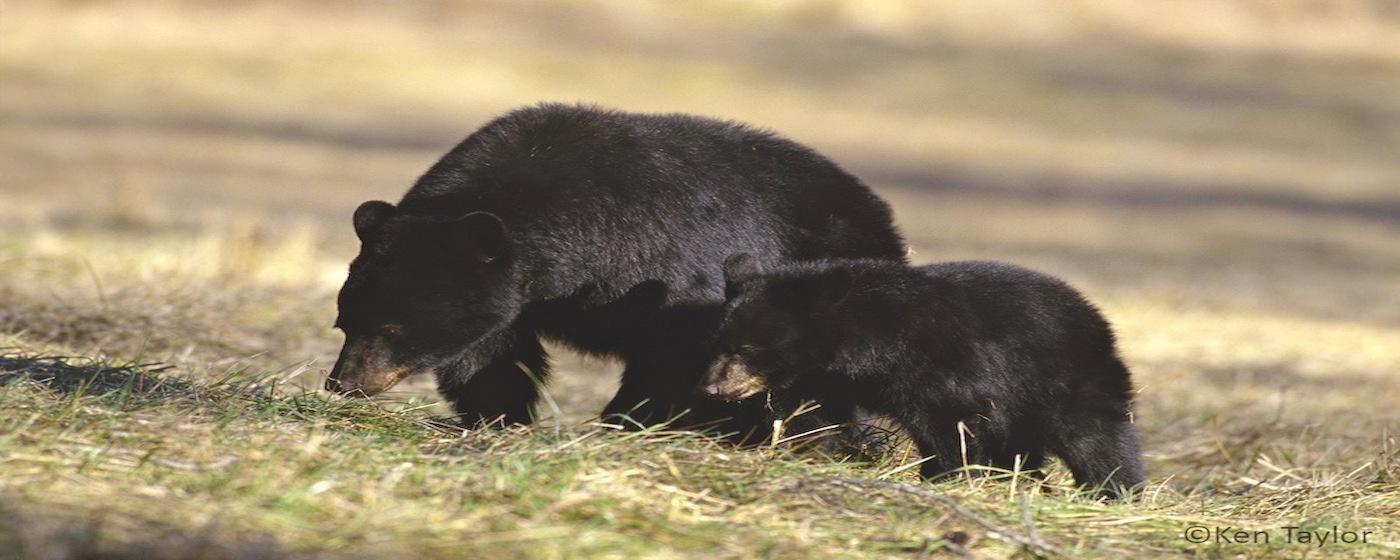Black Bear Sightings Increase in North Carolina


It’s spring and you know what that means.
Warmer temperatures, beautiful flowers and trees blooming (lots of pollen, sorry), people venturing out to enjoy it all.
And it turns out black bears are coming out in large numbers to enjoy the same things that humans enjoy.
The North Carolina Wildlife Resources commission reports a huge increase in black bear sighting this spring. One reason is because the state’s residential footprint has grown and more people are moving closer to bear habitat.
It’s also likely that, because of the long COVID-19 lockdown, more people are getting out to enjoy nature and venturing into areas where bears roam.
Bears are also moving about more after winter hibernation.
“Most bears that wander into a residential area will quickly retreat to their natural habitat, particularly if no food source is around,” said Colleen Olfenbuttel, a black bear and furbearer biologist with the Wildlife Commission. “People should never feed or approach a bear and by following some simple rules people can prevent potential conflicts and life responsibly with bears.”
• Never feed or approach a bear — either intentionally or unintentionally. Feeding bears trains them to look for food by approaching homes and people. Bears will defend themselves if a person gets too close, so do not risk your safety or theirs.
• Secure food, garbage and recycling. Food and food odors attract bears so don’t reward them with easily available food or garbage. Store bags of trash inside cans and inside a garage or shed. Use bear-resistant garbage cans with a latching system. Put the trash out as late as possible before pickup
• Remove bird feeders when bears are active. Birdseed has a high-calorie content which bears like.
• Never leave pet food outdoors. Feed outdoor pets small portions that will be completely eaten and bring the empty bowl inside.
• Clean and store grills. Make sure all grease, fat and food particles are removed, even from the drip tray, after each use. Store the grill inside.
• Alert neighbors to bear activity. Let you neighbors know if you see bear activity.
Here’s what to keep in mind. Bears have adapted to living near people; now it is up to people to adapt to living near bears. Watch the Sci NC story below about a study of how bears and people coexist near Asheville.
A five-year study around Asheville shows how black bears are adapting to the growing urban environment in western North Carolina.